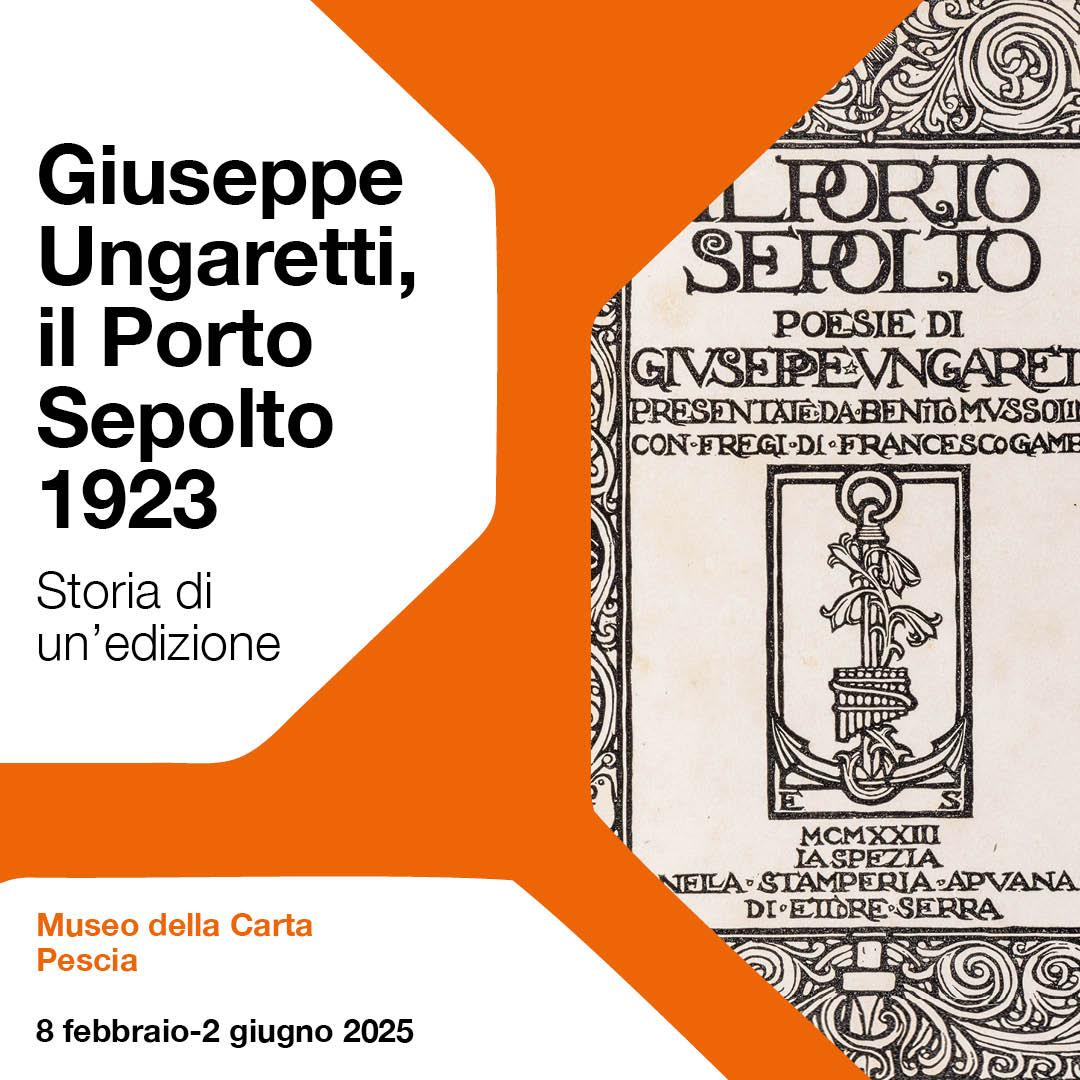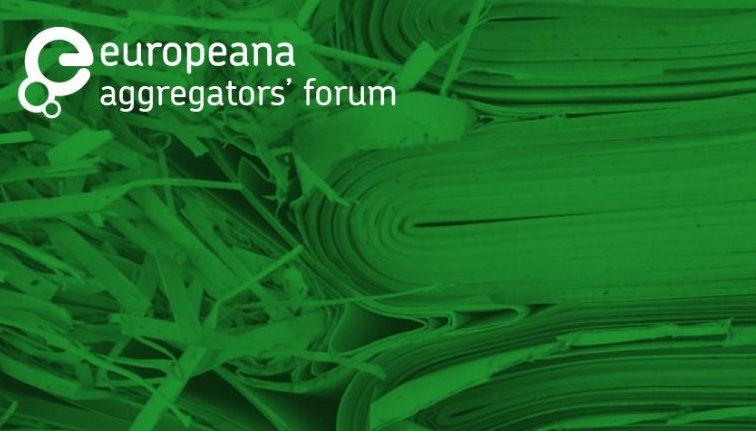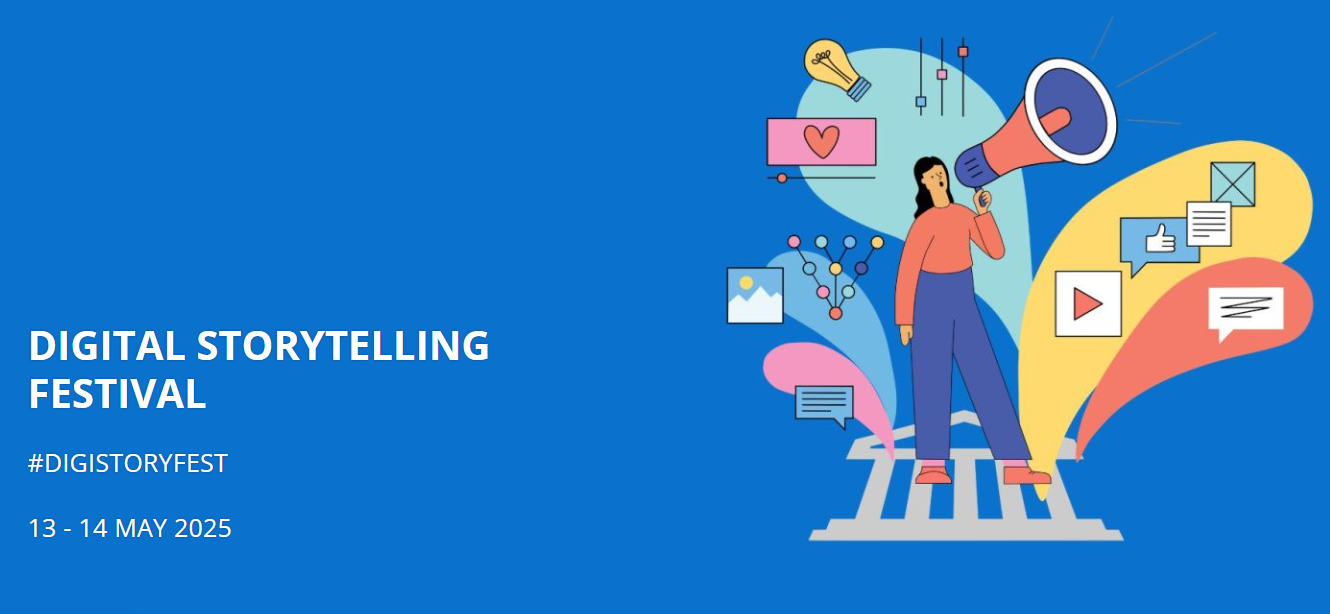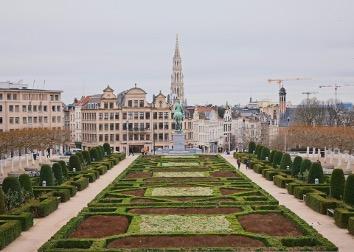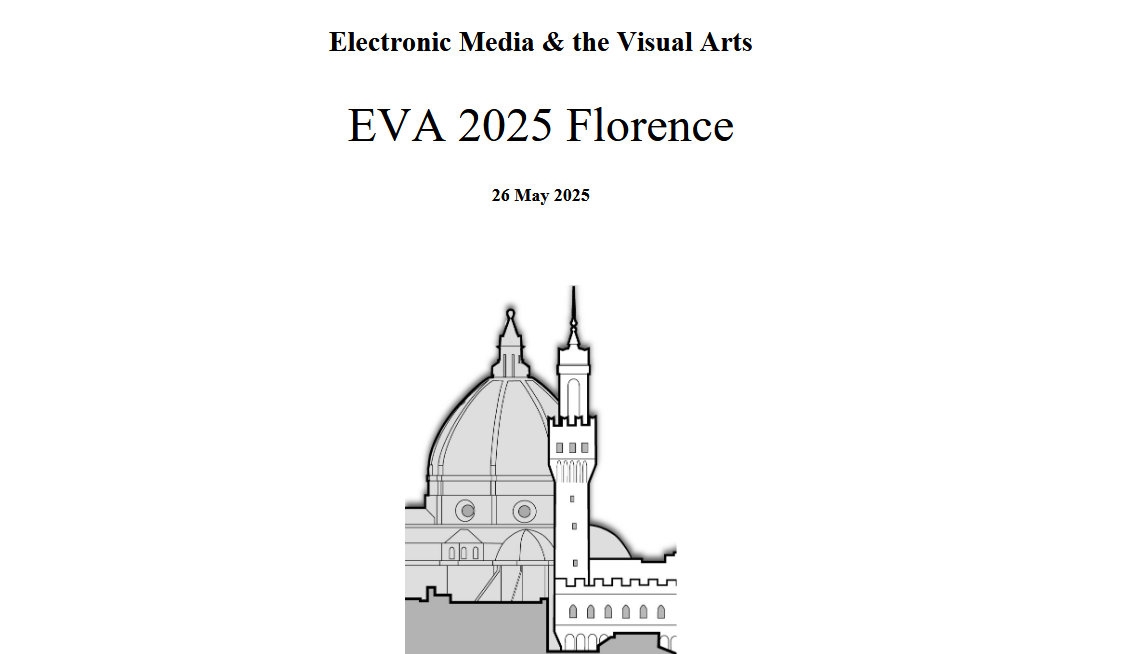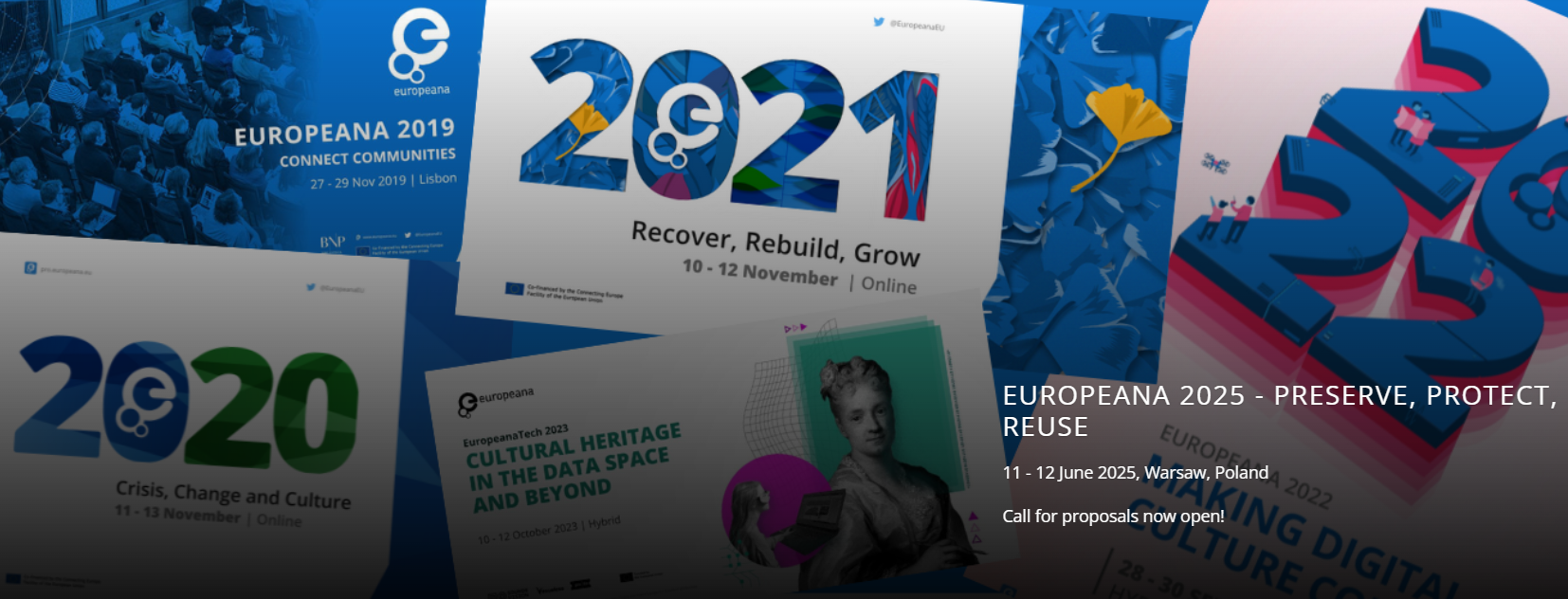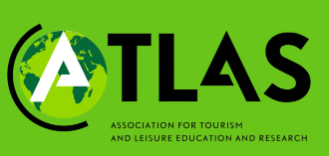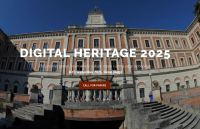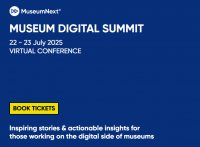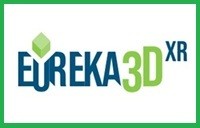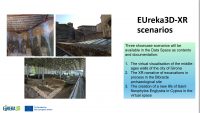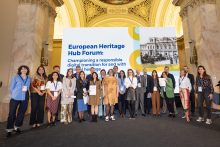The “Federal Association of Austrian tourism managers’ short BÖTM is the advocacy of the profession of the spa and tourism managers in Austria.
The central tasks of BÖTM are training and education for staff in tourism organizations, as well as training seminars, study tours and lectures.
As part of Top Seminar at Lake Wörth, Manfred Hackl – project coordinator of HamoSearch – will hold a keynote on “Meta Search and cost analysis”, on Thursday, 4. oktober 2012.


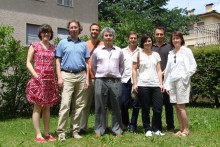
 If you have interesting news and events to point out in the field of digital cultural heritage, we are waiting for your contribution.
If you have interesting news and events to point out in the field of digital cultural heritage, we are waiting for your contribution.
